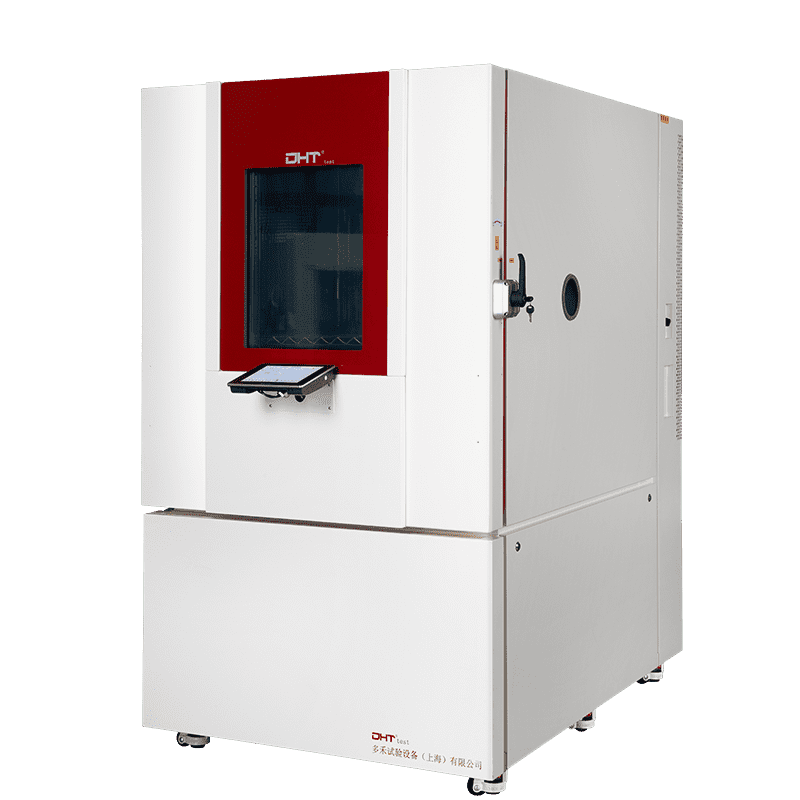Senior Sales Manager, Doaho Test (DHT®)
I. Market Landscape and Technological Divergence
II. Initial Cost Breakdown
-
Hardware Cost Differences
-
Thermotron Custom System: Requires a dedicated water-cooling system (~$80,000) and an independent control unit. A 50m³ chamber is priced around $450,000.
-
DHT® Modular System: Uses distributed variable-frequency cooling units with heat pipe energy recovery. A 50m³ chamber is priced around $280,000, including an intelligent monitoring system.
-
Binder Custom Solution: To meet GMP requirements, upgrades such as dual-layer safety glass doors (+$12,000) and redundant humidity sensor arrays (+$8,000) significantly increase costs.
-
Hidden Cost Components
-
Engineering Design Fees: Custom solutions from Climats Group typically require on-site surveying and simulation modeling, costing around $25,000/month.
-
Certification Costs: Weiss Technik’s modular systems come pre-certified (CE, ISO 17025), whereas custom builds may need an additional $30,000–$50,000 for dedicated certification.
III. Operating Cost Model
-
Energy Efficiency (Based on a 50m³ Unit)
| Brand | Average Daily Power Consumption (kWh) | Annual Maintenance Cost (USD) | Five-Year Total Cost (USD) |
| Thermotron | 185 | 18,000 | 621,500 |
| Binder | 210 | 22,000 | 698,000 |
| DHT® | 120 | 9,500 | 398,000 |
-
Maintenance Downtime Risks
-
Thermotron Systems: Refrigerant leaks require 3–5 days of shutdown, causing potential production losses of $12,000/day.
-
DHT® Modular Design: Faulty modules can be hot-swapped. Even during maintenance, 70% of test capacity remains operational, greatly reducing production risk.
IV. Technical Scalability Evaluation
-
Expansion Costs
-
Weiss Technik: Adding salt spray testing functionality requires a separate corrosion module (~$48,000).
-
DHT®: Features a universal interface design. Adding a compatible vibration table costs only $15,000, with self-installation possible within 48 hours.
-
Digital Intelligence Differentiation
-
Traditional Systems: Binder’s KBF series still uses physical buttons, and data export requires manual USB extraction.
-
DHT® Intelligent Platform: Built-in WEB Season® system enables remote monitoring. Machine learning algorithms automatically optimize test profiles, improving thermal ramp rates by 27%.
V. Strategic Sourcing Recommendations
-
When Modular Makes Sense
-
Rapid Product Iteration: Ideal for consumer electronics R&D with frequent test profile changes. Configuration updates take as little as 72 hours.
-
Multi-site Collaboration: Cloud-synced data ensures consistent test standards across global labs—perfect for automotive suppliers.
-
Sustainability Goals: DHT® solutions generate 42% less carbon footprint, aligning with EU CBAM carbon border adjustment mechanisms.
-
When Customization is Necessary
VI. Cost-Based Decision Matrix
| Criterion | Recommendation |
| Technical Flexibility | If test parameter updates exceed 3 times/year, modular solutions increase ROI by 40%. |
| Budget Constraints | If capital is below $500,000, modular systems can deliver up to 92% of required functionality. |
| Strategic Integration | For Industry 4.0 compatibility, digital-ready modular units justify their premium. |
Conclusion
FAQ
What Are the Cost Differences Between Modular and Customized Walk-In Test Chambers?
Modular systems, like DHT®’s, reduce upfront investment by 30%–50% and shorten deployment cycles, while customized solutions can incur 30%–60% higher costs and longer lead times. Modular designs also lower operating costs through energy-efficient components and reduced maintenance downtime.
When Should Companies Choose a Modular Walk-In Chamber Over a Custom-Built Solution?
Modular chambers are ideal for rapid product iteration, multi-site collaboration, and sustainability goals. They offer faster configuration updates, cloud-synced data, and lower carbon footprint, making them cost-effective for most R&D and industrial testing scenarios.
When Is Customization Necessary for a Walk-In Test Chamber?
Fully customized chambers are essential for extreme test conditions, such as military-grade ultra-low temperatures (-70°C or below) or seismic resistance for nuclear or specialized equipment. However, such setups should generally be limited to 15% of the total project budget to maintain cost-effectiveness.


